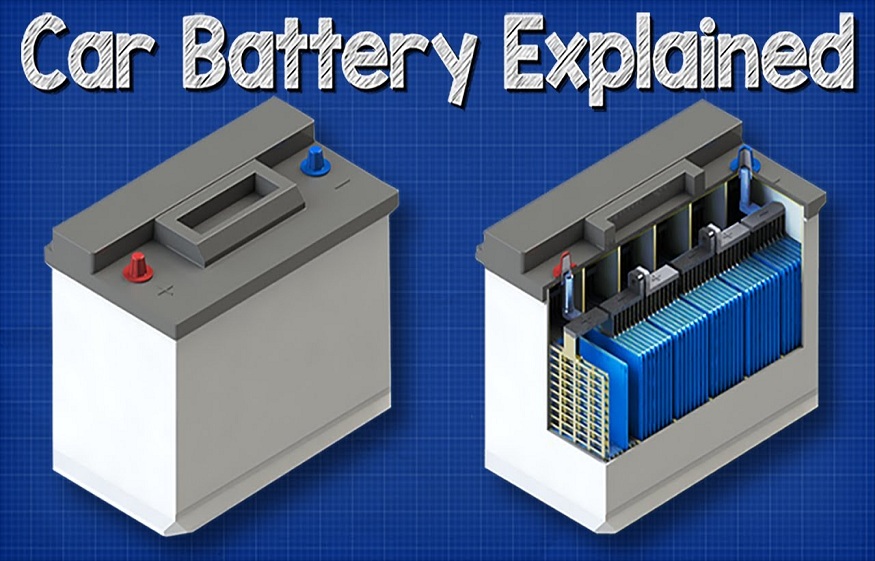Types of Car Batteries

A car battery is a rechargeable battery that starts up a motor vehicle. These items are still essential, even though we are all shifting to electric cars. The battery is essential in a car’s life, and you should know its different types.
Electrical charge powers almost everything in our cars, explaining why we should know these different battery types. Unfortunately, most drivers do not know what qualities to look at when buying a battery, and below, we discuss the most common types.
1. Lead Acid Batteries
Lead acid batteries are the most common type in modern cars but are not made of lead. These batteries get their name because their primary material is lead plates, which are intercalated with sulfuric acid.
These plates act as electrodes and oversee electrochemical reactions. This acid powers the engine due to the chemical reaction between different battery substances and the electrodes.
2. AGM Batteries
AGM battery stands for absorbed glass mat batteries and has a similar design to lead-acid batteries. However, there are two significant differences;
AGM batteries lack a liquid electrolyte solution. These batteries use synthetic fibers that are soaked alongside sulfuric acid. Also, this fiber acts as an electrolyte. The other difference is that AGM batteries are entirely sealed, and drivers do not have to worry about adding water or checking gravity.
However, these batteries cannot hold extra plates or acid because they are maintenance-free. They instead have an improved ampere-hour rating to compensate for this.
3. Lithium-Ion Batteries
Lithium-ion batteries are the primary go-to for electric and hybrid cars. These batteries have improved power density and durability, which makes them excellent green energy sources. These batteries are ideal for people who would love to switch their car to green energy.
These batteries store more energy and have a constant voltage in their entire cycle. These batteries are mainly preferred due to their numerous advantages over others.
4. Valve-Regulated Batteries
Valve-regulated batteries consist of lead and are sealed. These batteries do not emit hydrogen gas when charging and have perfect valves to regulate the oxygen amount in the cells. The main advantage of these batteries is their decreased chances of thermal runways.
However, their downside is that drivers must replace damaged valves immediately to facilitate proper aeration and other maintenance purposes.
5. Lighting and Starting Batteries
SLI means starting light ignition batteries and is not used in deep cycle processes. These batteries also have a lesser battery life than AGM batteries. SLI batteries are made to provide a more robust energy burst.
SLI batteries are mainly standard in hybrid vehicles, and they enhance fuel efficiency while lowering vehicle emissions. These batteries work best when topped off using distilled water after charging to keep them functional.
Drivers are also advised against filling gaps when adding new fluids to avoid an air bubble effect. Air bubbles affect cell balancing and can cause damage.
Final Thoughts
The engine is an essential part of a vehicle and is available in different types. The above article has discussed the best types, and you can reach out for more information.






